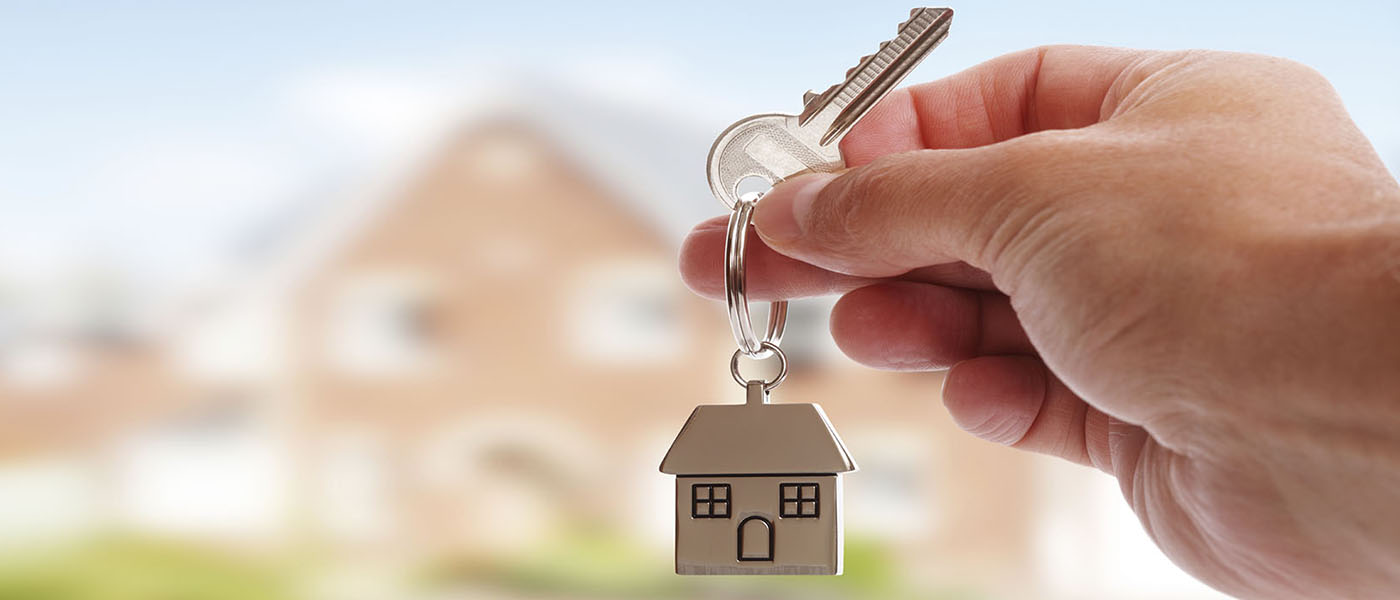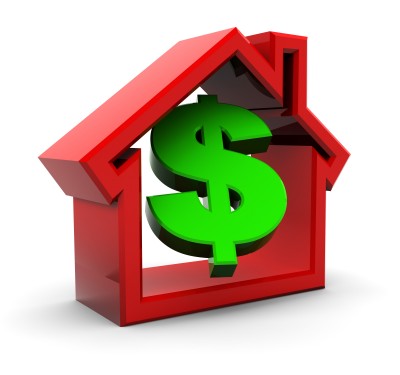Leaving decision-making to your “gut feeling” can work in many realms of life, but when it comes to buying an investment property, those with a plan and strategy behind them are likely to succeed.
While there is no foolproof system, investment property success stories are a product of research and careful consideration, rather than chance.
Following are some of the main areas you should be looking at before deciding on an investment property:
Location, location, location. Choosing a property in a location that is sought- after by tenants is the obvious choice. Desired locations are usually close, or have easy access to the area’s main centre, shopping, public transport, medical facilities or education institutions. Be wary of properties that are on the main road, are in a noisy location, or near an industrial area.
Design. When assessing the design of a potential investment property, favour functionality, and practicality. What are the important factors in home design that will encourage long term tenants? Some finishes wear more quickly than others, which will increase maintenance costs.
Value for money. Relying on capital growth to increase the value of an investment property can be slow. It’s obvious, but the sure-fire method to make money on an investment property is to buy under market value.
Investigating the developer. Particularly with a property being sold off-the-plan, the reputation of the developer becomes an important consideration. Before buying, you need to do all in your power to perform a background check on the developer to ensure they are reputable.
Rent-ability. Consider the typical person who is likely to seek a rental property in your property’s location. Whether you are buying in a suburb known for its families, its working class, its prestige, or a high number of students, you should seek the type of property that matches the needs of the likely tenant.
Suitability. Consider the likely yield of the property. If the property will not return a yield above 4%, then it may not be suitable. (Note: gross yield is calculated by taking the annual rental income, dividing it by the property value, and then multiplying it by 100. For example, a property that earns $375 a week in rent, for a total of $19,500 a year, on a property purchased for $450,000, returns 4.3%).
Marketability. Ideally, your investment property should remain attractive to the market no matter what the economy is doing. For example, a property in the top 5% price bracket may struggle to attract tenants if the economy slows. Favour properties that will be tenanted no matter what the economy is doing.
Appeal. In a crowded market place, look for a property that has an ‘X-Factor’ – something that will set it apart from other similar properties in the same area. This could be anything – from a stylish Balinese hut in the backyard, a fireplace, or easy access to a local park.
Some of the above are easily discovered. Others take investigation. But the time you take to establish a thorough understanding of the property will be well worth it.
For more information, speak to one of our skilled real estate professionals at 4628 7444.



